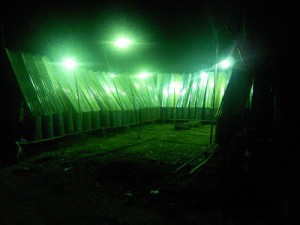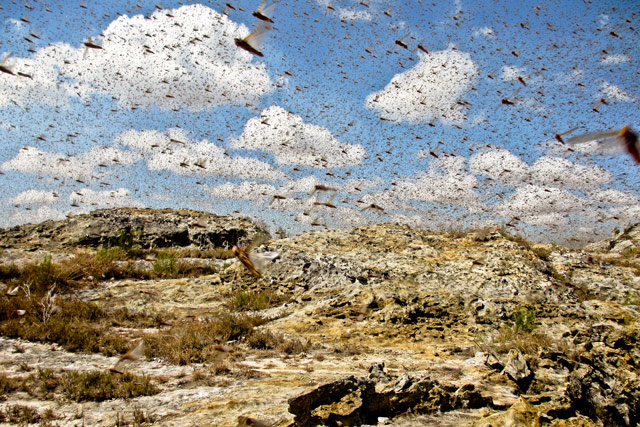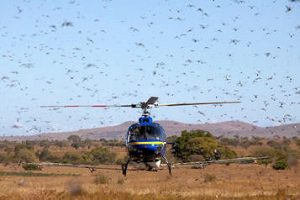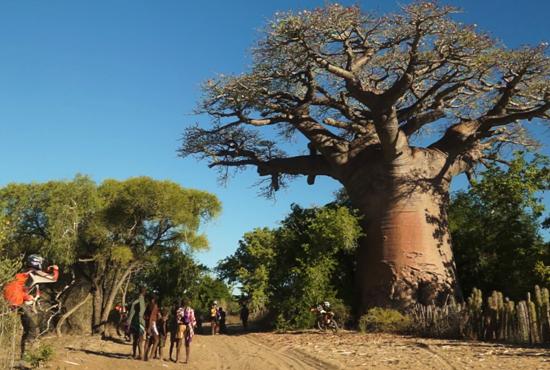Madagascar’s Fight Against New Locust Infestations
Dealing with large insect infestations typically involves the use of appropriate insecticides. In the case of locusts, the use of the universal insecticide DDT was relied upon for a long time. This helped successfully contain the spread of the voracious insects. However, the use of insecticides is now viewed more critically: Not only does the use of a broad-spectrum insecticide endanger sensitive ecosystems in the long term, but they also accumulate in. Significant amounts in the food chain and thus have uncontrollable long-term consequences. Nowadays, science has more refined and effective weapons to combat locusts. By studying the insects’ behavior in detail, it can be exploited and used as a weapon against
an overwhelming spread. Locust behavior is hormone-controlled. It was found that the normally solitary animals only come together in swarms when they release a specific hormone. The hormone is released when locusts strike their hind legs together. If this hormone is present in large quantities, the insects gather in swarms of up to a billion animals. Recently, the large locust plague of 2013/14 led Madagascar’s agriculture into a deep crisis. Instead of harmful broad-spectrum insecticides, locusts are now being fought with their own weapons: hormones that not only prevent swarm behavior, but also inhibit larval formation. The use of this environmentally and human-friendly method is, however, very expensive. To combat the overwhelming locust population with hormones, Madagascar would need additional funds amounting to several million euros per year.

Cheaper Alternatives for Controlling Grasshoppers
There are other approaches to sustainably control grasshoppers, although they are only partially tested in practice. Understanding the insects’ behavior is key to success. All grasshopper species share the common trait of invading areas either in search of food or when they land after a long flight due to exhaustion, to feed later. Exploiting this need of the pests to rest and recuperate is a strategy in some approaches to control grasshoppers.








